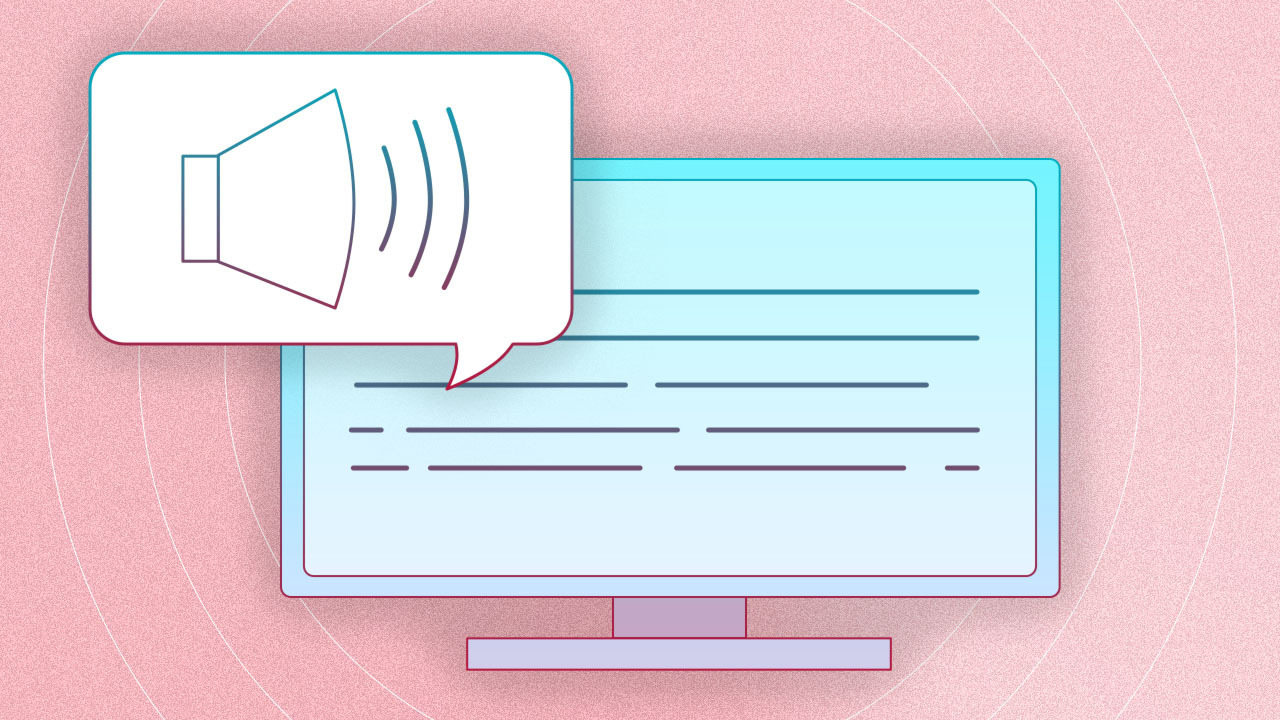The evolution of text reader technology has been a remarkable journey, transforming the way we interact with written content and making vast amounts of information accessible to a broader audience. From humble beginnings to cutting-edge advancements, the progression of text-to-speech (TTS) and speech synthesis technologies has significantly impacted various aspects of our lives, from accessibility to education, entertainment, and beyond.
Early Beginnings: From Simple Machines to Advanced Algorithms
Text reader technology traces its roots back to the early 20th century, where basic speech synthesis experiments began. Early devices used mechanical components to reproduce speech, employing techniques like the “Voder” developed by Bell Labs in the 1930s. However, these machines were limited in their capabilities and had a robotic and unnatural sound.
Emergence of Computer-Based Text Readers
The advent of computers in the latter half of the 20th century marked a significant leap forward in text reader technology. Researchers started developing software that could convert text into synthesized speech. Early computer-based text readers relied on rule-based systems, breaking down text into phonetic components to generate speech. Although an improvement, the synthesized voices remained somewhat artificial and lacked naturalness.
Advancements in Speech Synthesis and AI
The turn of the 21st century witnessed groundbreaking advancements in speech synthesis technology, particularly with the integration of Artificial Intelligence (AI) and Machine Learning (ML). This led to the development of more sophisticated algorithms, enabling text readers to produce more natural-sounding speech by analyzing and emulating human speech patterns, intonations, and nuances.
Integration with Mobile and IoT Devices
The proliferation of smartphones, tablets, and other IoT devices has further propelled the evolution of text reader technology. Accessibility features, including built-in text-to-speech capabilities, have become standard across many devices and operating systems. This integration has empowered individuals with visual impairments or reading difficulties to access information conveniently and independently.
Enhanced Personalization and Naturalness
Modern text reader technology has achieved remarkable levels of personalization and naturalness in speech synthesis. Users can choose from a variety of voices, accents, and languages, making the reading experience more tailored to individual preferences. Advancements in neural text-to-speech models have significantly improved voice quality, making synthesized speech almost indistinguishable from human speech in many cases.
Impact Beyond Accessibility
The impact of text reader technology extends far beyond accessibility. It has revolutionized education by assisting learners with reading difficulties and language learning. Additionally, it has found applications in entertainment, navigation systems, virtual assistants, and more, enhancing user experiences across various domains.
Future Directions and Challenges
Looking ahead, the future of text reader technology holds promise for further improvements in naturalness, multilingual support, and adaptive learning capabilities. Challenges persist in achieving seamless voice synthesis across all languages, addressing pronunciation nuances, and fine-tuning emotional expressiveness in synthesized speech.
Conclusion
The evolution of text reader technology from its inception to the present day showcases a remarkable progression, revolutionizing accessibility and transforming the way we consume written content. With ongoing advancements driven by AI and ML, text readers continue to break barriers, making information more accessible and empowering individuals worldwide to engage with content in ways previously unimaginable. As technology continues to evolve, the potential for text reader technology to shape a more inclusive and interconnected world remains boundless.

